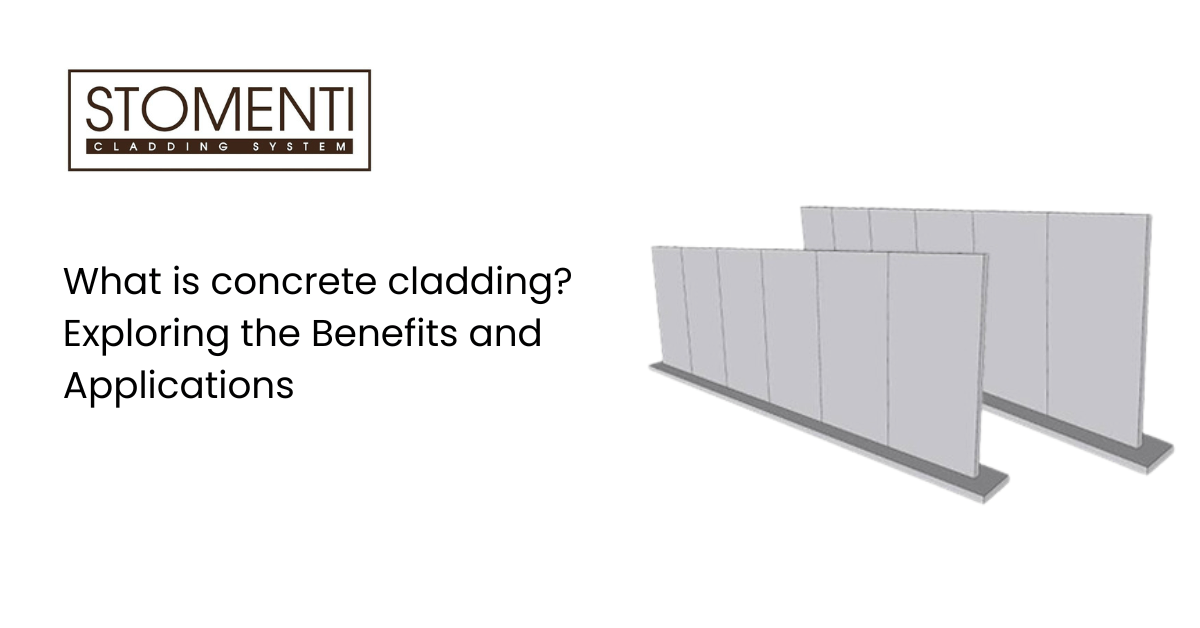

What is concrete cladding? Exploring the Benefits and Applications
Concrete cladding is a versatile architectural technique that involves the application of a layer of concrete to the exterior or interior surfaces of a building. This process offers numerous benefits, ranging from enhanced aesthetics to improved durability and energy efficiency. In this blog post, we will delve into the world of concrete cladding, exploring its definition, advantages, and various applications.
Understanding concrete cladding
Concrete cladding refers to the act of adding a layer of concrete to the surface of a structure, providing it with a protective and decorative covering.
Types of concrete cladding:
- precast concrete panels
- concrete veneer
- sprayed concrete
Advantages of Concrete Cladding:
Aesthetics and Design Flexibility:
a wide range of textures, colours, and finishes are available to suit architectural preferences. can mimic the appearance of natural materials like stone or wood, offering versatile design options.
Durability and Protection:
Concrete cladding acts as a shield against weather elements such as rain, wind, and UV radiation. resistant to fire, pests, and rot, ensuring the long-term integrity of the building. helps maintain the structural integrity of the underlying surface, preventing damage and extending its lifespan.
Energy Efficiency:
Provides thermal insulation, reducing heat transfer and contributing to improved energy efficiency. helps regulate temperature fluctuations, resulting in reduced heating and cooling costs.
Low Maintenance:
Concrete cladding requires minimal upkeep, making it a cost-effective choice in the long run. resistant to fading, chipping, and staining, minimising the need for repairs or repainting.
Applications of Concrete Cladding
Residential Buildings:
Enhances the aesthetic appeal of homes, offering a wide array of design possibilities; – Provides protection against the elements, increasing the longevity of the structure.
Commercial and Public Structures:
Adds a touch of elegance to office buildings, hotels, shopping malls, and public institutions. reinforces the building’s exterior, ensuring durability and minimising maintenance requirements.
Industrial Facilities:
Offers a robust and reliable solution for warehouses, factories, and other industrial buildings. withstands harsh conditions and protects against potential chemical exposure.
Renovation and retrofitting:
Can be used to upgrade the appearance and performance of older buildings; provides an opportunity to modernise structures without extensive demolition.
Conclusion
Concrete cladding is a versatile architectural technique that combines aesthetics, durability, energy efficiency, and low maintenance. Its ability to transform the appearance of buildings while offering protection against various elements makes it a popular choice in residential, commercial, and industrial sectors. With its numerous benefits and applications, concrete cladding continues to shape the future of modern architecture, providing architects and designers with endless possibilities.





